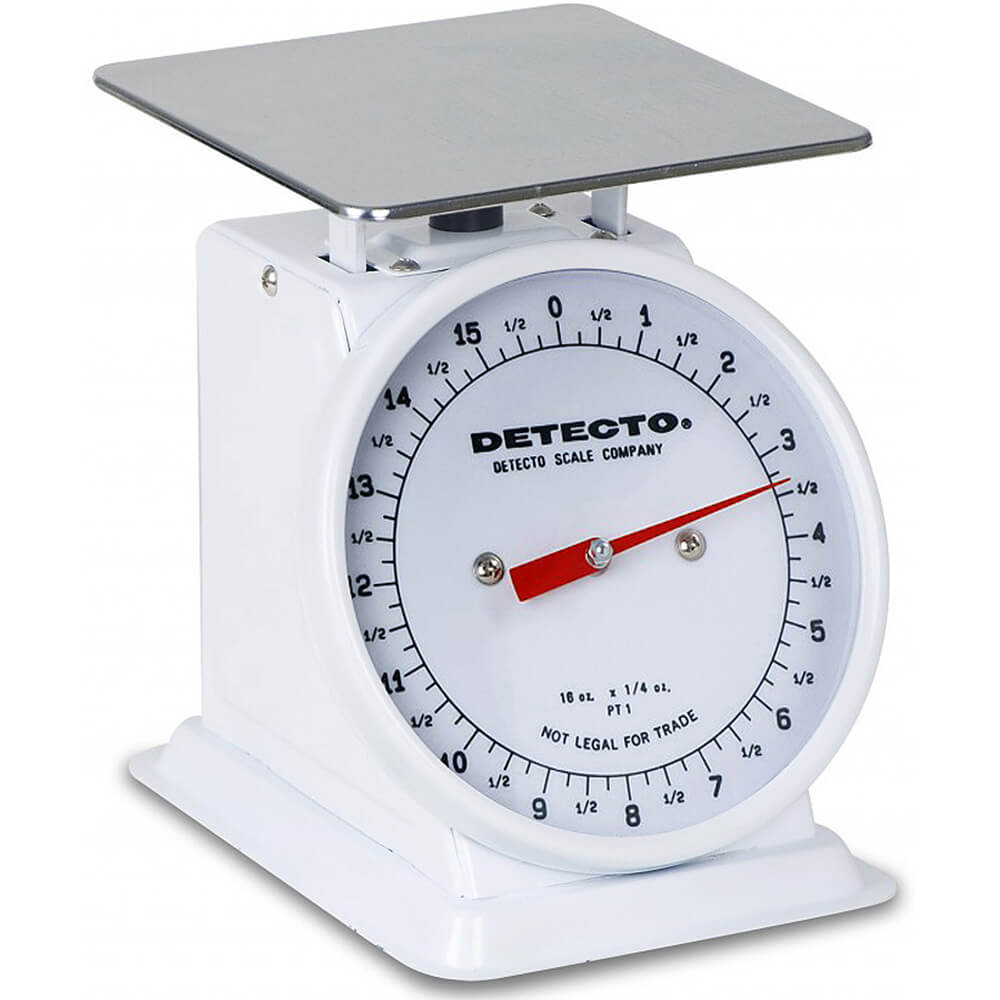
The change in stress on the strain gauge - and therefore, the change in electrical resistance - is the basis for the weight measurement. The load cell then stretches and compresses the strain gauge, a strip of conducting wire. Whereas standing on an analog scale moves the spring plate and spring, standing on a digital scale bends a load cell. They display your weight on a screen to the nearest decimal point but lack some of the extra features of smart scales.ĭigital scales have both mechanical and electronic components. Basic Digital Scalesīasic digital scales are a good option available at a midrange price point. Just be sure to recalibrate your scale regularly for a consistent baseline. If you’re measuring week-to-week progress, this probably won’t be an issue for you, as you’ll still be able to see whether you’re generally gaining, losing, or maintaining. But once any piece wears out, you’ll get an inaccurate reading, at which point you’ll need to replace the parts or purchase a new scale.Īnalog scales are also slightly more inaccurate than digital scales.

Since the components aren’t electronic, analog scales are relatively cheap. Here’s a video that shows the inner workings of an analog scale. And voila - the red line hovers over the correct weight!Ĭonfused by the physics? We don’t blame you. The spring plate moves down, and a pivot, rack, and pinion gear convert this movement into circular motion that spins the dial. When you step on the face of a mechanical scale, four levers, four brackets, a spring plate, and a spring capture your evenly distributed weight. Underneath the surface, these pieces of equipment house a complex system of simple machines. Analog ScalesĪnalog scales, also known as dial or mechanical scales, were the standard for many years. So how do you know which type of scale to choose? We’ve broken down the basic kinds of scales and their respective pros and cons below. Some scales only tell you your weight, while others have seemingly endless bells and whistles. There are many different kinds of scales available in-store and online at prices ranging from 15 bucks to hundreds of dollars.

Once you have that info, you can modify your diet and fitness routine to work toward the results you want. The goal is to see whether you’re losing, gaining, or maintaining weight overall and to observe how quickly (or slowly) your weight is changing. When you track your weight, don’t obsess over every half pound or beat yourself up over bloat. Remember, your scale is a tool to help you, not a judge that determines your willpower or worth as a person. We’d say friend … depending on how you use it. Why It’s Important To Track Your WeightĪh, the almighty bathroom scale. Congrats! Your next step is getting the right tools to track your progress. So you’ve decided to commit to a weight loss, weight maintenance, or overall wellbeing journey.


 0 kommentar(er)
0 kommentar(er)
